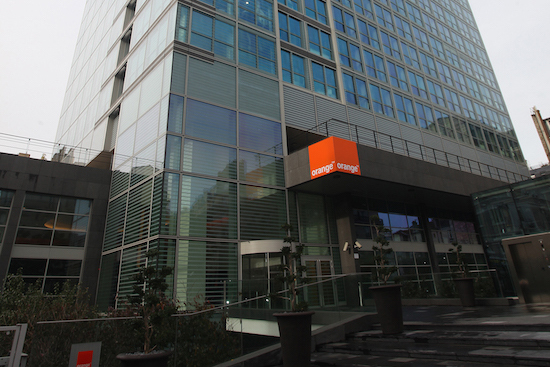Orange has shed light on its 5G strategy, unveiling a three-pronged approach that will focus on “quality of service” for customers.
The France-based operator held a wide-ranging showcase in Paris today (7 February), dubbed Événement 5G d’Orange, during which it confirmed commercial 5G services would not be available before 2020.
Ahead of this, its plans centre on the country’s first end-to-end technical test of 5G in France, work on autonomous vehicles and fixed-wireless trials in Romania.
Speaking to journalists, Mari-Noëlle Jégo-Laveissière, Executive Director of Innovation, Marketing and Technologies at Orange, said it is seeking a smooth plan between LTE and 5G, with both technologies being “complementary”.
She said: “[User] needs are not going to change from one day to next because of 5G. Usage is doubling every year. We need to allow people to do what they are doing with better quality of service.”
The first strand of its strategy is work with Ericsson on an end-to-end network in Lille and Douai between mid-2018 and mid-2019. No details were given about the use cases it will enable.
The tests will use the 700MHz band, which Orange holds already in France, as well as frequencies in the 3.4-3.8GHz range.
The latter range is subject to French regulator Arcep issuing the necessary authorisations. However, it signalled earlier this year it would do so on a temporary basis for tests ahead of auctions next year.
In a second project with Ericsson, Orange will provide 4G and 5G connectivity to UTAC CERAM, the French centre for testing and certification of autonomous vehicles.
Planned for launch in autumn 2018, the dedicated network will allow the body and its partners to test the necessary requirements of 5G for autonomous vehicles at its testing track in Paris.
Additionally, Orange announced it would hold a trial of 5G fixed wireless access in Romania as an alternative to rolling out FTTH.
Working with Samsung and Cisco, the test will be open to Orange Romania customers during the second half of 2018.
Orange said the technology could serve areas where fibre has not been deployed, businesses who want it for a back-up network or companies wishing to provide temporary connectivity.
[Read more: Fixed wireless tech is “poisonous”, says Orange Poland CEO]
The operator also revealed it is working with Nokia and German manufacturer Kathrein on a “smart antenna” combining 5G with 2G, 3G and 4G.
The device, currently in prototype, will be small enough to be deployed at existing mobile tower sites. No further details were released.
3GPP ratified the 5G New Radio standard at a meeting in Lisbon on 21 December last year, providing the model and principles for enhanced mobile broadband use cases. Work is now turning to the specification for standalone 5G ahead of its release in June this year.



